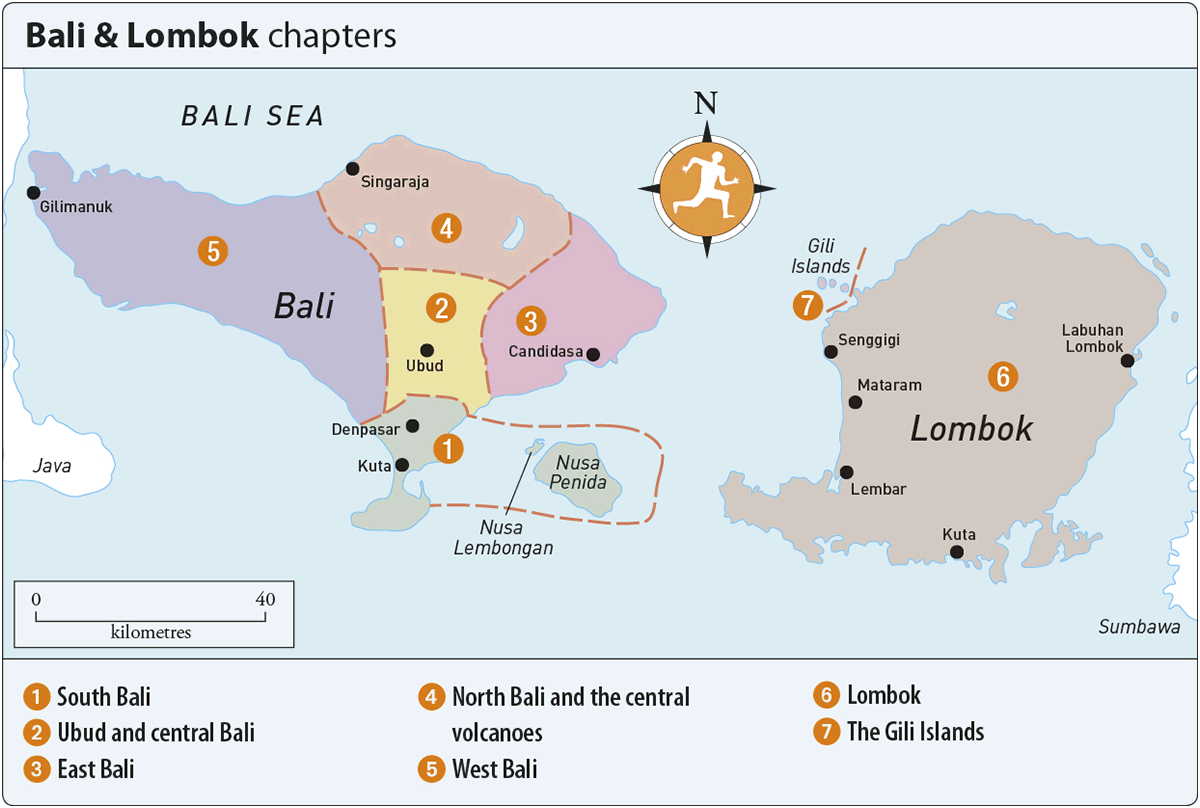HOW TO USE THIS ROUGH GUIDE EBOOK
This Rough Guide is one of a new generation of informative and easy-to-use travel-guide ebooks that guarantees you make the most of your trip. An essential tool for pre-trip planning, it also makes a great travel companion when youre on the road.
From the section.
Detailed area maps feature in the guide chapters and are also listed in the , accessible from the table of contents. Depending on your hardware, you can double-tap on the maps to see larger-scale versions, or select different scales. There are also thumbnails below more detailed maps in these cases, you can opt to zoom left/top or zoom right/bottom or view the full map. The screen-lock function on your device is recommended when viewing enlarged maps. Make sure you have the latest software updates, too.
Throughout the guide, weve flagged up our favourite places a perfectly sited hotel, an atmospheric caf, a special restaurant with the author pick icon  . You can select your own favourites and create a personalized itinerary by bookmarking the sights, venues and activities that are of interest, giving you the quickest possible access to everything youll need for your time away.
. You can select your own favourites and create a personalized itinerary by bookmarking the sights, venues and activities that are of interest, giving you the quickest possible access to everything youll need for your time away.
INTRODUCTION TO BALI & LOMBOK
Part of the Indonesian archipelago, Bali and Lombok boast dramatically rugged coastlines, gloriously sandy beaches and world-class surf. Both islands are small Bali extends less than 150km at its widest point, Lombok a mere 80km and dramatically volcanic, graced with swathes of extremely fertile land, much of it sculpted into elegantly terraced rice paddies. Culturally, however, they could hardly be more different. Bali is Southeast Asias only Hindu society, and religious observance permeates every aspect of life here; the Sasak people of Lombok, on the other hand, are Muslim, like the vast majority of Indonesians.
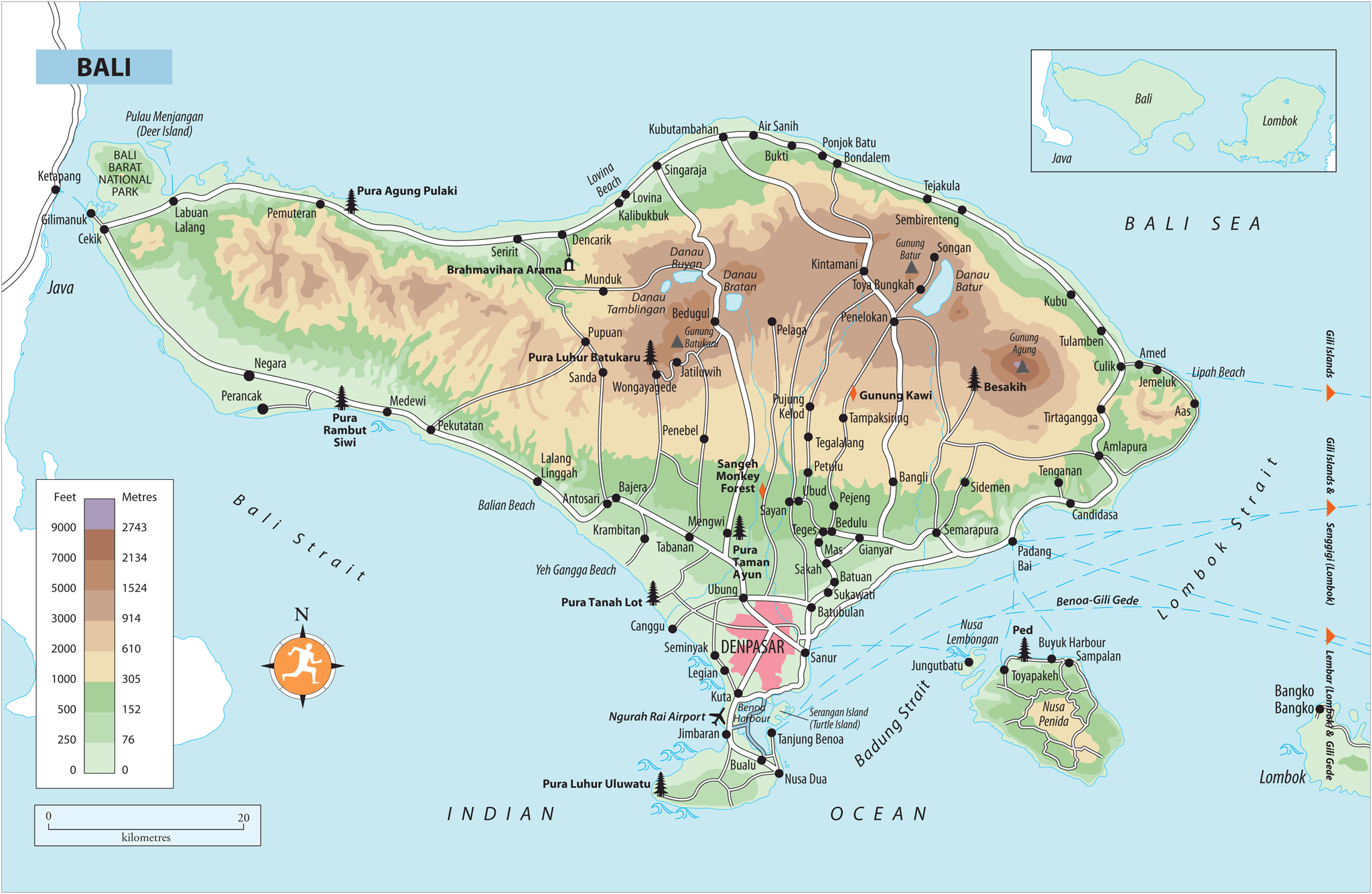
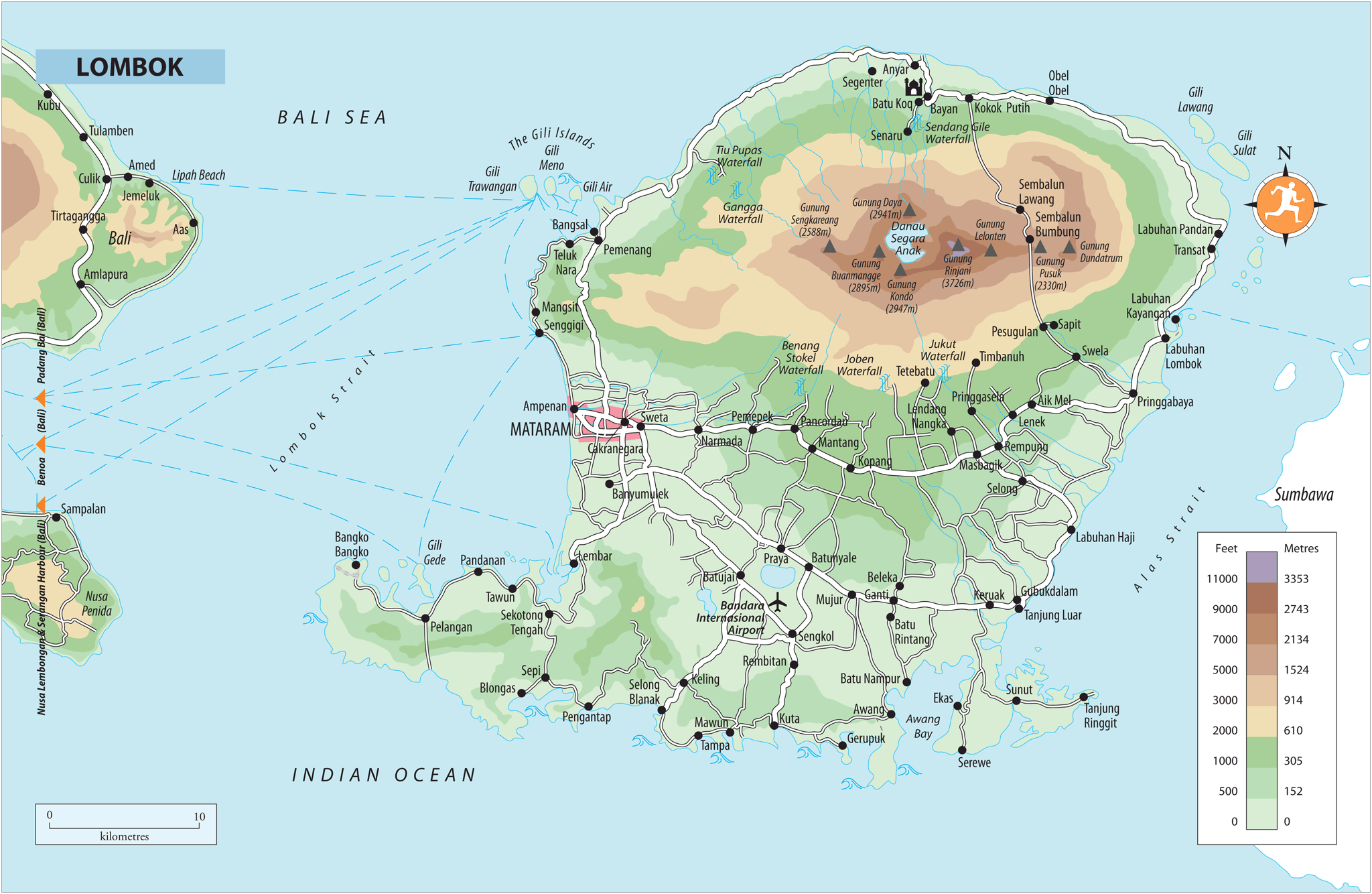
FACT FILE
- Bali (almost 5800 square kilometres in size with a population of over 4.4 million) and Lombok (just over 4700 square kilometres in size and with a population around 3.4 million) make up two of the 34 provinces of the Republic of Indonesia, an ethnically diverse democracy of around 260 million people.
- The Balinese traditionally celebrate their new year, known as Nyepi and generally falling in March/April, with a day of silence and meditation. By contrast, the night before features a deafening cacophony designed to scare away evil sprits.
- Every November/December, Muslim and Hindu communities on Lombok take part in the Perang Topat , or Ketupat War , a ceremonial mock-battle at Pura Lingsar featuring copious rice- and egg-throwing.
- The Wallace Line that runs through the 35km-wide Lombok Strait, which separates the two islands, was long thought to mark the boundary between the distribution of Asian and Australasian wildlife.
- Both Bali and Lombok are volcanic : large eruptions killed thousands in the twentieth century and occasionally close the islands airports.
Bali landed on the tourist map over ninety years ago and is today an incredibly popular destination, drawing everyone from backpackers to high-end travellers, divers to sun-worshippers, package groups to people seeking spiritual healing. Visitor numbers plunged after the terrorist attacks of 2002 and 2005 but they have boomed in recent years, fuelled by a huge increase in Asian tourists, particularly from China. The island boasts stunning hotels, amazing restaurants and world-class spas but lacks the infrastructure to cope with this new influx, and traffic congestion and commercialization have affected swathes of Southern Bali.
That said, the islands original charm is still very much in evidence once you leave the densely populated southern strip, with evocative temples and vibrant festivals set off by the verdant landscapes of the interior. Just to the east of Bali, Lombok plays host to far fewer foreign travellers, but numbers are steadily increasing thanks to the islands many unspoilt beaches, terrific surf and forested mountain slopes. Blessed with such natural beauty, the island has a burgeoning reputation as a more adventurous destination than its illustrious neighbour.
Until the nineteenth century, both Bali and Lombok were divided into small kingdoms , each ruled by a succession of rajas whose territories fluctuated so much that, at times, parts of eastern Bali and western Lombok were joined under a single ruler. More recently, both of the islands have endured years of colonial rule under the Dutch East Indies government, which only ended when hard-won independence was granted to Indonesia in 1949. The Jakarta-based government has since tried hard to foster a sense of national identity among its vast array of extraordinarily diverse islands and peoples, both by implementing a unifying five-point political philosophy, the Pancasila, and through the mandatory introduction of Bahasa Indonesia, now the lingua franca across the whole archipelago. Politically, Bali is administered as a province in its own right, while Lombok is the main island in West Nusa Tenggara.
TRADITIONAL DRESS
It is customary for Balinese men and women to wear traditional dress to attend temple festivals, cremations, weddings, birth rites and other important rituals; men also wear temple dress if playing in a gamelan orchestra and occasionally for banjar (neighbourhood) meetings too.
Many women wear a vividly coloured bustier under the kebaya (blouse), and some don flamboyant hair accessories as well. For big festivals, women from the same community will all wear the same-coloured kebaya to give their group a recognizable identity.
Men also wear a type of sarong ( kamben sarung ), a knee-length hip-cloth ( saput ) and a formal, collared shirt (generally white but sometimes batik) or a starched jacket-like shirt. The distinctive headcloth ( udeng ) can be tied according to personal taste, but generally with a triangular crest on top (shops sell ready-tied udeng ). As with the sash, the udeng symbolically concentrates the mental energies and directs the thoughts heavenwards via the perky cockscomb at the front.
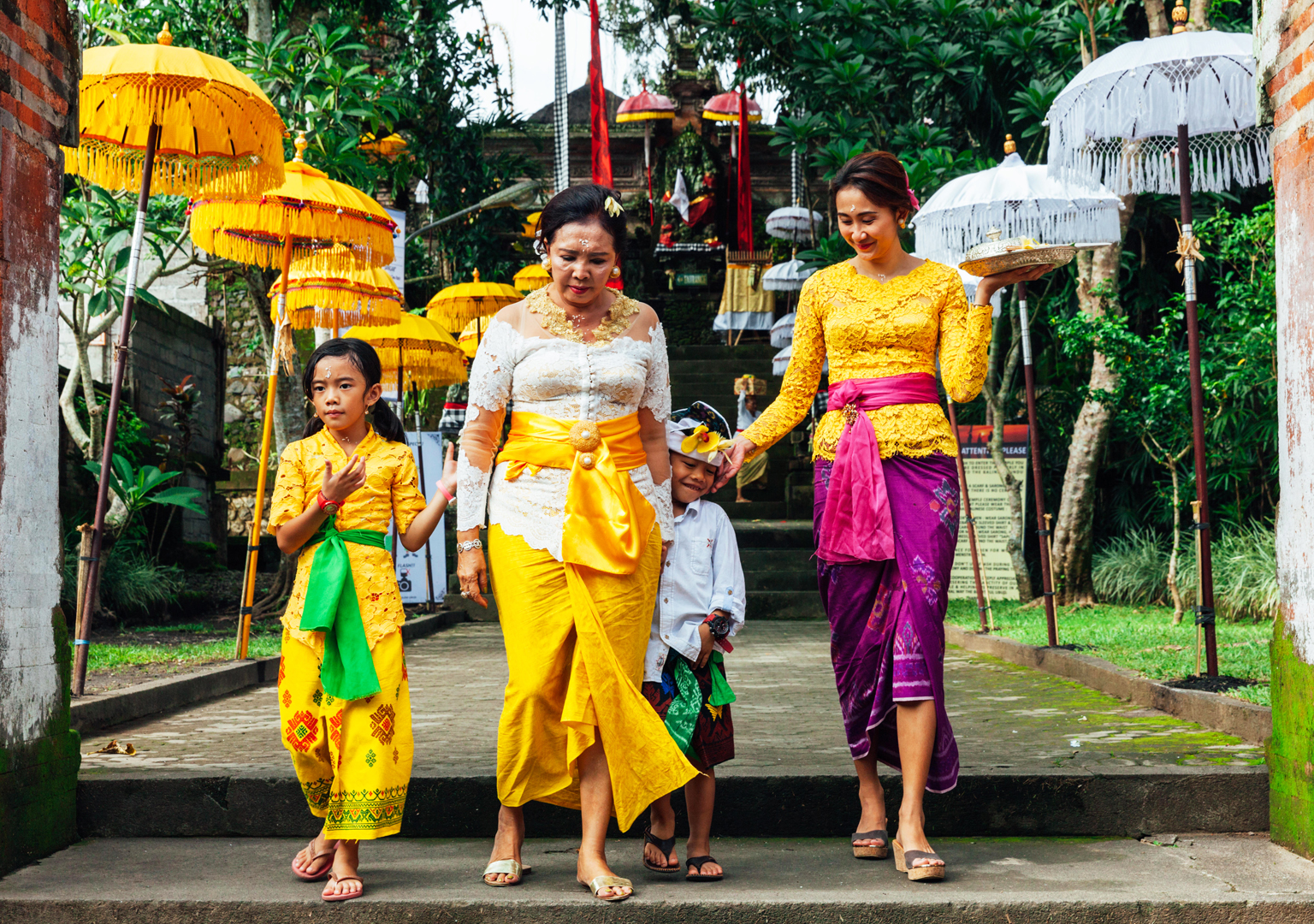
BALINESE FAMILY IN TRADITIONAL DRESS
Where to go
Balis best-known beach resort, the KutaLegianSeminyak strip is an 8km sweep of golden sand that draws an incongruous mix of holidaying Australian families, weekending Jakartans, backpackers, a loyal gay clientele and design-conscious visitors drawn by its fashionable restaurants and boutiques. Travellers seeking more relaxed alternatives generally head north to the beaches around and beyond Canggu, across the southern peninsula to Sanur or offshore to Nusa Lembongan ; to sedate Candidasa or Amed further east; or to the black volcanic sands of Lovina on the north coast. Quieter, smarter seaside options can be found at Jimbaran in the south and Pemuteran in the northwest. On Lombok, the trio of white-sand Gili Islands draw the biggest crowds; there are quieter islands off the Sekotong peninsula, a wide range of resort accommodation around Senggigi and a series of extraordinarily beautiful beaches near Kuta in the south. All these resorts make comfortable bases for divers and snorkellers and are within easy reach of the islands many reefs. Surfers have countless swells to choose from, including the famously challenging Uluwatu on Bali and Desert Point on Lombok, as well as many more novice-friendly breaks.

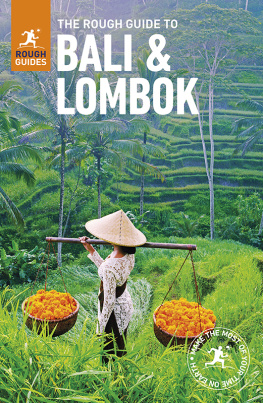
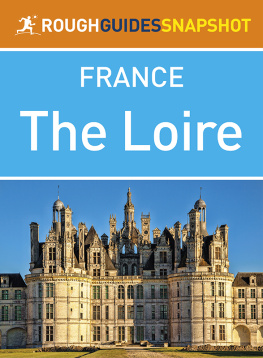
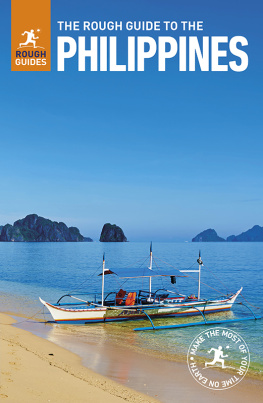
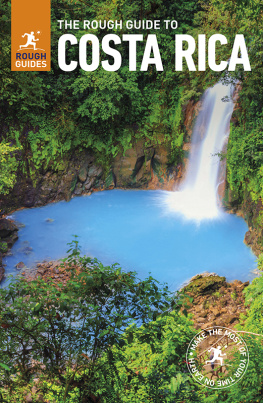
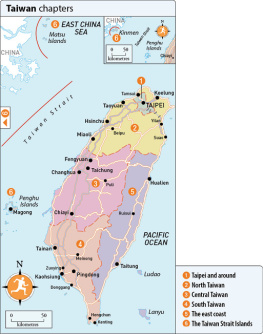
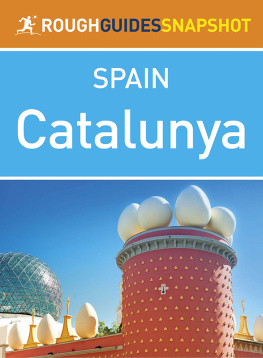
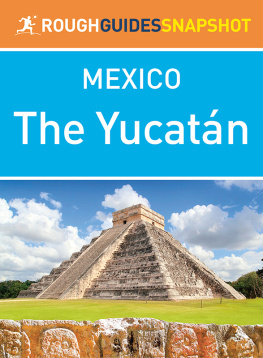
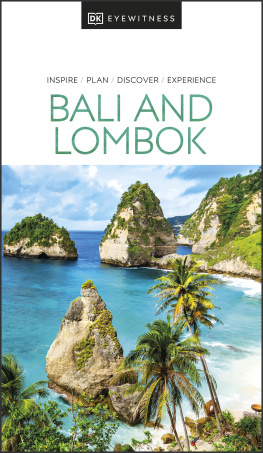

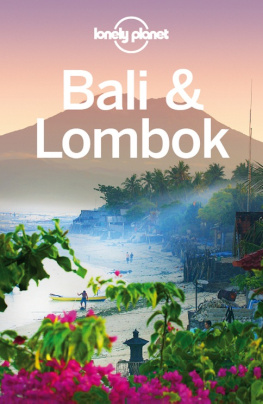

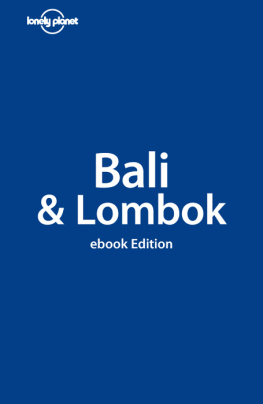
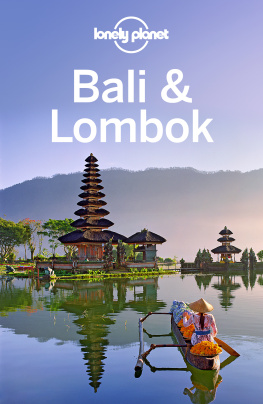
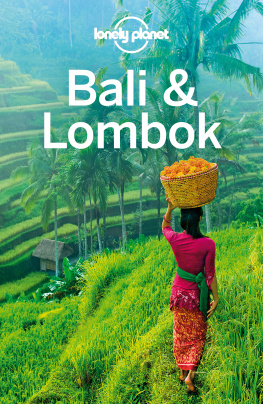
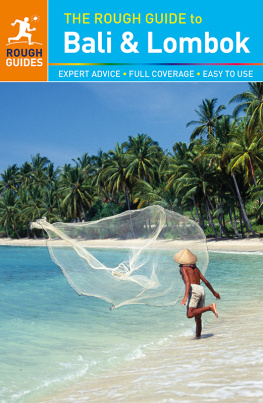
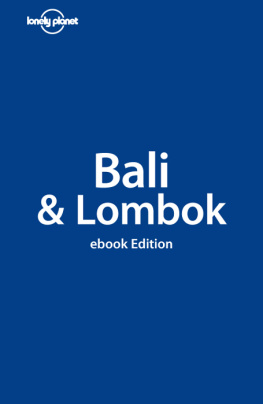

 . You can select your own favourites and create a personalized itinerary by bookmarking the sights, venues and activities that are of interest, giving you the quickest possible access to everything youll need for your time away.
. You can select your own favourites and create a personalized itinerary by bookmarking the sights, venues and activities that are of interest, giving you the quickest possible access to everything youll need for your time away.